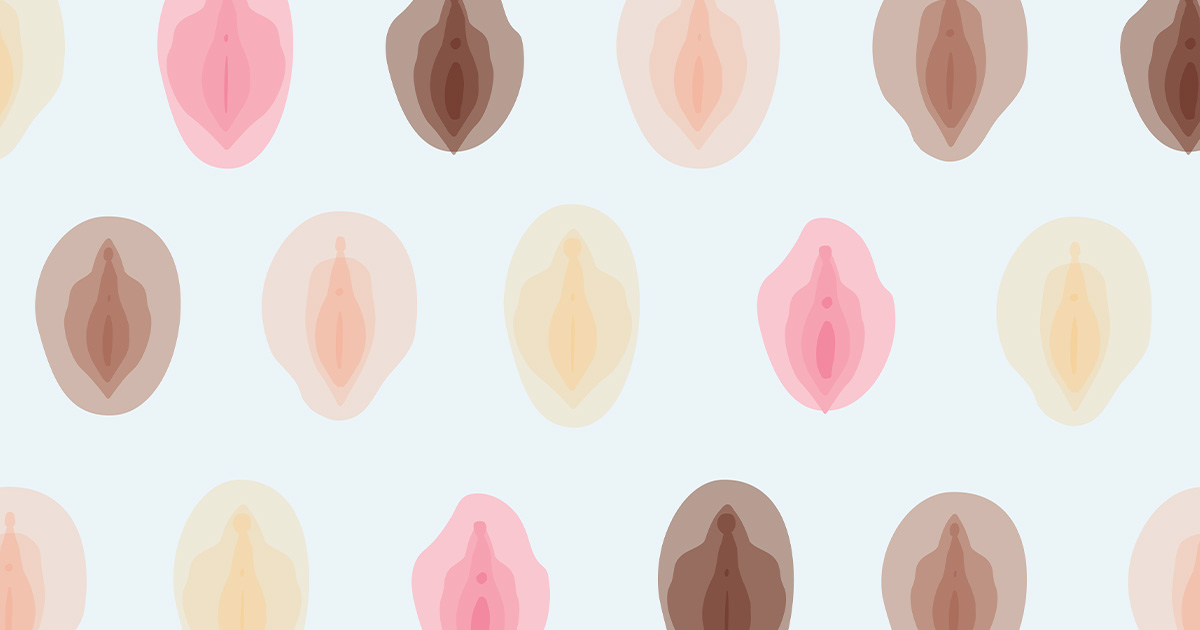
Gynecology, What's Up, Down There
What’s Up, Down There: Everything You’ve Wanted to Know About Pubic Hair
In our series, “What’s Up, Down There,” we’re covering important vaginal health topics you might not have learned in health class. In this issue, we’re covering everything you’ve wanted to know about pubic hair – from why it exists to how to care for it.
Why do we have pubic hair?
The sprouting of pubic hair often coincides with puberty, a process of physical changes that prepare our bodies for sexual reproduction. But, is its purpose more than just signaling sexual maturity? There isn’t exactly hard scientific evidence, but there are some theories as to why pubic hair exists.
Some believe that pubic hair acts like eyelashes down there, offering protection by keeping dirt and other bacteria from entering the vagina. Others believe it protects the sensitive skin against friction during sexual intercourse. Additional theories suggest that pubic hair traps pheromones that give off a smell to help attract potential mates.
What’s normal when it comes to pubic hair length?
In general, pubic hair in females naturally covers the labia majora (outer lips) to the inner thighs and form a triangle-like shape up to the pubic bone. Some women will naturally grow thicker or thinner hair than others, so typically there’s no cause for alarm when there’s slight variation.
However, there are certain medical conditions that can attribute to an overgrowth or undergrowth of pubic hair. For example, conditions like polycystic ovarian syndrome can cause excess pubic hair growth in young women. Polycystic ovarian syndrome (PCOS) is associated with higher testosterone levels in women. Fortunately, it can be treated. A combination birth control may be prescribed, or other treatments like insulin-regulating medications can be used. As always, a healthy diet and exercise are also recommended in combination with treatment to ensure best results.
As we age, some pubic hair thinning, or loss, is normal. However, certain conditions like alopecia or an adrenal issue can also cause hair loss. If you have any concerns, it’s best to contact your Axia Women’s Health provider.
When it comes to color, it’s also possible for your hair down there to be a different color than the hair that grows on your head, arms, or elsewhere. This is due to varying levels of melanin in your skin.
What’s the best way to groom pubic hair?
Just like fashion styles, trends in in pubic hair grooming can change from season to season, vary by culture, and can be influenced by society. Of course, how you choose to groom your hair should be based on your preference, and your preference alone. Some may prefer to let it grow, while others trim, wax, or shave. If you do opt to remove your hair, there are some tips to keep in mind to do so safely. Before we dig into these tips, we want to dispel any myths that having pubic hair is “unhygienic.” From a health perspective, it’s completely sanitary to keep your natural hair down there, should you choose.
If you plan to wax, it’s best to avoid getting waxed the days leading up to your period as your skin is more sensitive, and doing so at this time could be more painful.
If you opt for shaving, make sure you’re using a new, clean razor to get the closet shave possible. Always shave in the direction of hair growth, never against the grain as this could cause hairs to break off and grow inward.
Whether you’re waxing or shaving, exfoliate using a glycolic or salicylic acid pad to remove dead skin cells that could keep the hair from coming out as it normally would. If you do develop an ingrown hair, you’ll want to avoid waxing or shaving until it heals to avoid any further irritation. Don’t worry; ingrown hairs should naturally heal themselves over time.
Another note on hygiene: there is no need to wash your pubic hair with any type of special shampoo or cleanser. Washing with warm water is enough to keep the area clean and avoid disrupting your vaginal pH.
Bottom line: However you choose to groom your hair down there is a personal choice. Of course, if you notice any new bumps, excessive hair growth or loss that are giving you pause, it never hurts to contact your Axia Women’s Health provider to get it checked out.














































